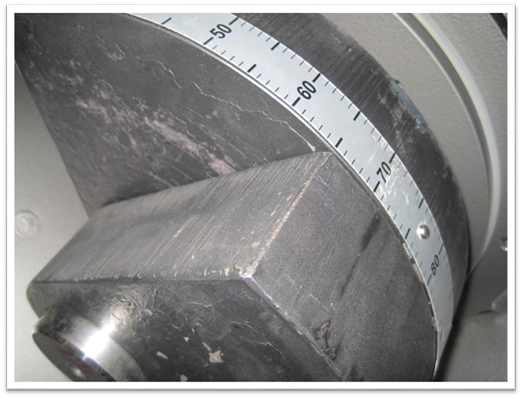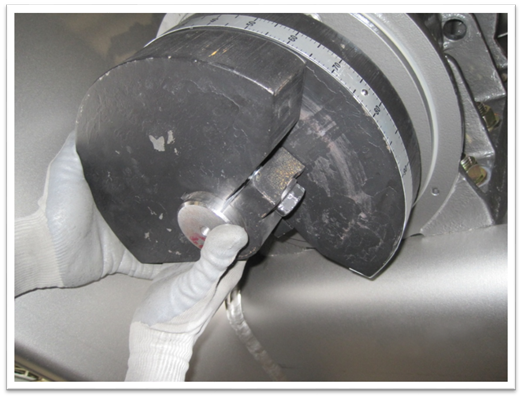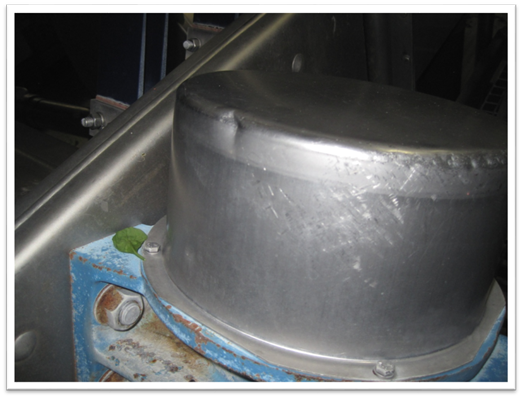
August 2018
Out-of-balance drives are a convenient and effective way to energize a vibratory conveyor. They are popular for several reasons including ease of use, ease of changing amplitude, no need for oil, they are good for wet applications, have quiet drives, and no separate gearbox or motor. In this edition of the Service Advisor we are taking a closer look at these low maintenance workhorses and sharing some troubleshooting tips for keeping your conveyors with out-of-balance drives performing optimally.
Troubleshooting Out-of-Balance Drive Issues
The theory behind out-of-balance drives is to use two separate drives, spinning in opposite directions, to create a force moving forward and backward, but counteracting each other from side to side. Because the drives are not linked together in any way, one is dominant and the other is the slave, and they are constantly synchronizing with each other.
However, there are some maintenance issues that will impact the drives’ ability to synchronize:
- If the bearings are too tight on one of the drives they will never be able to synchronize. This gives the shaker an unusual motion with a smaller stroke than desired.
- The position of the weights can be changed to give a larger or smaller amplitude, but they must be set correctly. Photo 1 shows the incorrect setup using the flat face of the weight. Photo 2 shows the correct surface to use for setting the weights.
- Dented covers may slow the motor because the weights rub on the cover. This will prevent the drives from synchronizing. See Photo 3 for an example.
- Motors rotating the same direction will cause the shaker to be unstable in all directions.
- If one drive is not spinning it will also cause the shaker to become unstable in all directions, but will have much less amplitude than if both drives are spinning in the same direction.

This shows the incorrect face to set the amplitude. Notice the face is not the one that has the bolt on it. Be aware that there is no indicator to tell you which surface to use.

This shows the correct face to set the amplitude. The side with the bolt that clamps the near weight is the surface that is used to position the weight.

A dented can covering the weights can cause the weights inside to touch the can causing a lag in the timing and a differing stroke. Usually the stroke will be less than desired.
Refer to your technical manual for detailed operation and maintenance procedures. Remember, we are always here to help! Our Service Team can be reached through our 24-hour Call Center. Contact them today to get information on your installed equipment, detailed spare part quotations, or to schedule a service visit.
← Back to Service AdvisorMore Newsletters
-
April, 2022Five Reasons to Invest in Employee Training Read More →
-
March, 2022Let’s Talk Shakers : Tips to Tune & Maintain your Iso-Flo and Impulse Conveyors Read More →
-
February, 2022Safety 101, Care Tips, & Training Resources Read More →
-
January, 2022Cleaning and Sanitizing Safety Tips for Your VERYX Sorter and Iso-Flo Conveyor Read More →
-
December, 2021A Year in Review: the Service Advisor in 2021 Read More →




















